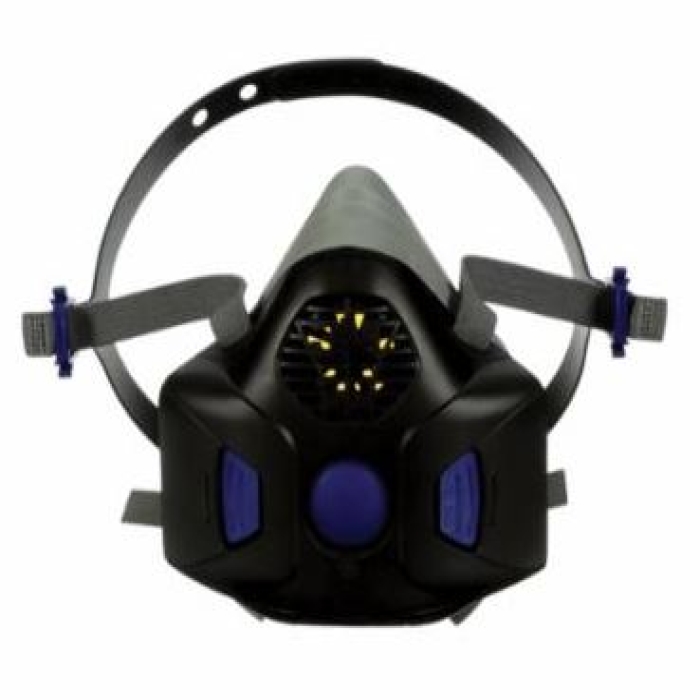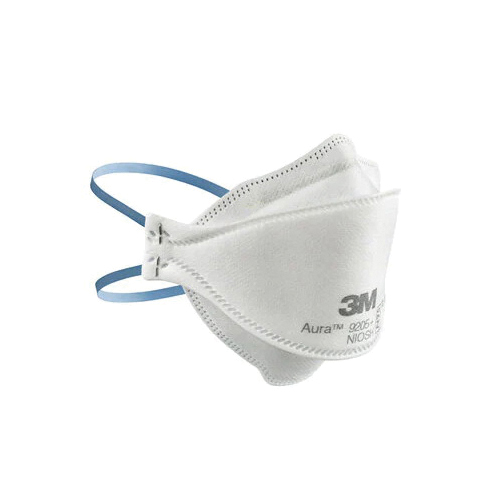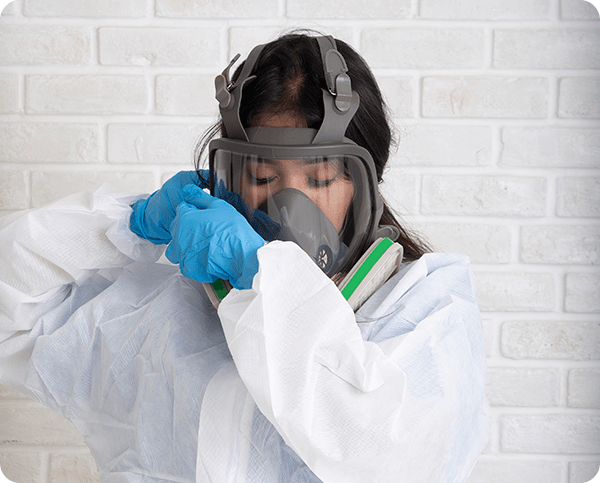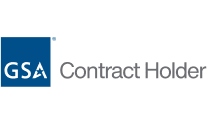Does the OSHA Federal Regulation 29 CFR 1910.134 – the General Industry Standard for respiratory protection apply to your organization?
Do you know the steps needed to comply with the Occupational Health and Safety Administration (OSHA) respiratory standard requirements?
First, let’s cover whether or not the regulation applies to your organization. According to OSHA:
“Paragraph (a)(1) establishes OSHA’s hierarchy of controls by requiring the use of feasible engineering controls (for example, enclosure or confinement of the operation, general and local ventilation, and substitution of less toxic materials) as the primary means to control air contaminants (dusts, fogs, fumes, mists, gases, smokes, sprays or vapors). Respirators are required when ‘effective engineering controls are not feasible, or while they are being instituted.’'”
“Paragraph (a)(2) requires employers to provide employees with respirators that are ‘applicable and suitable’ for the purpose intended ‘when such equipment is necessary to protect the health of the employee.'”
















